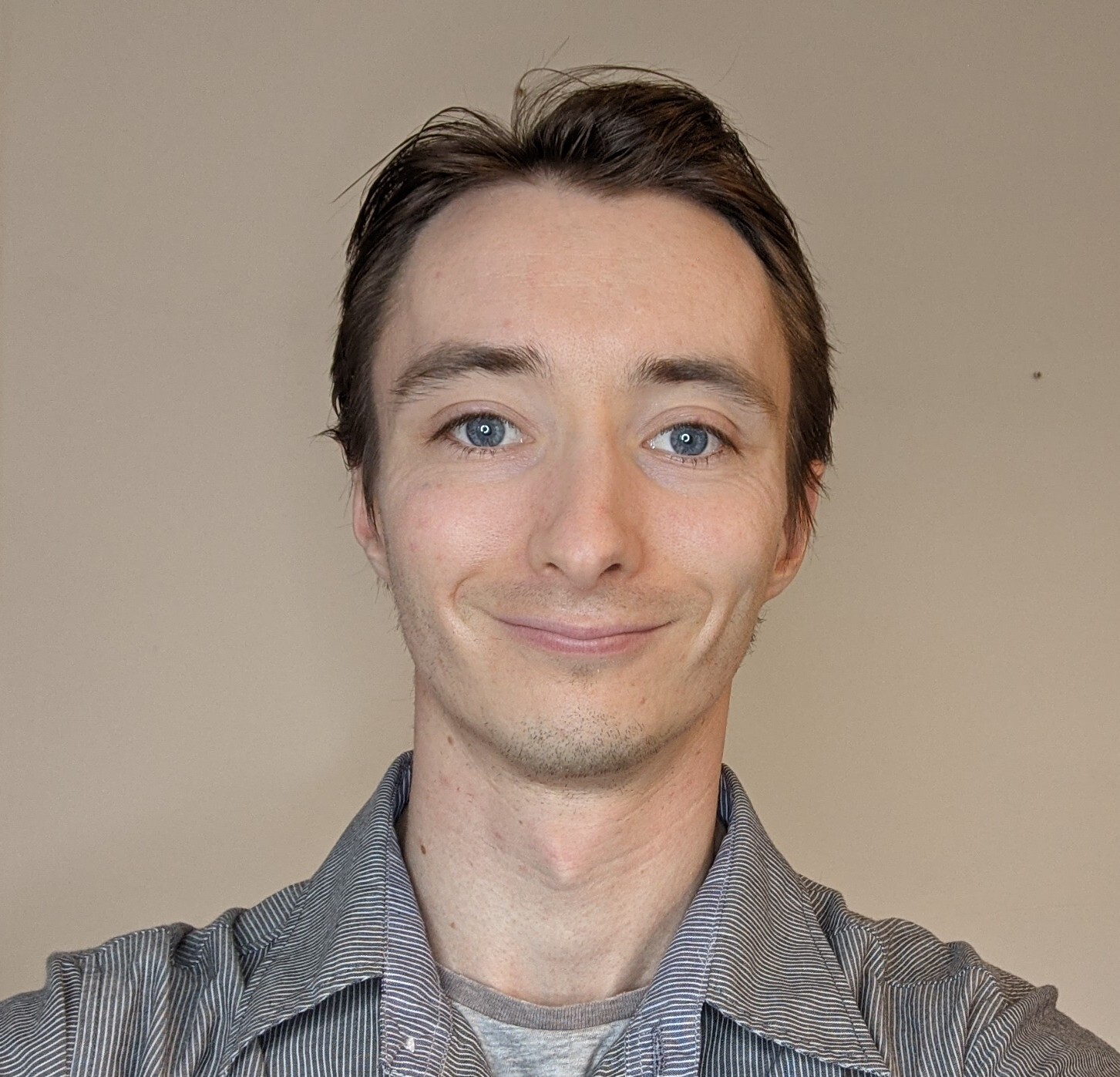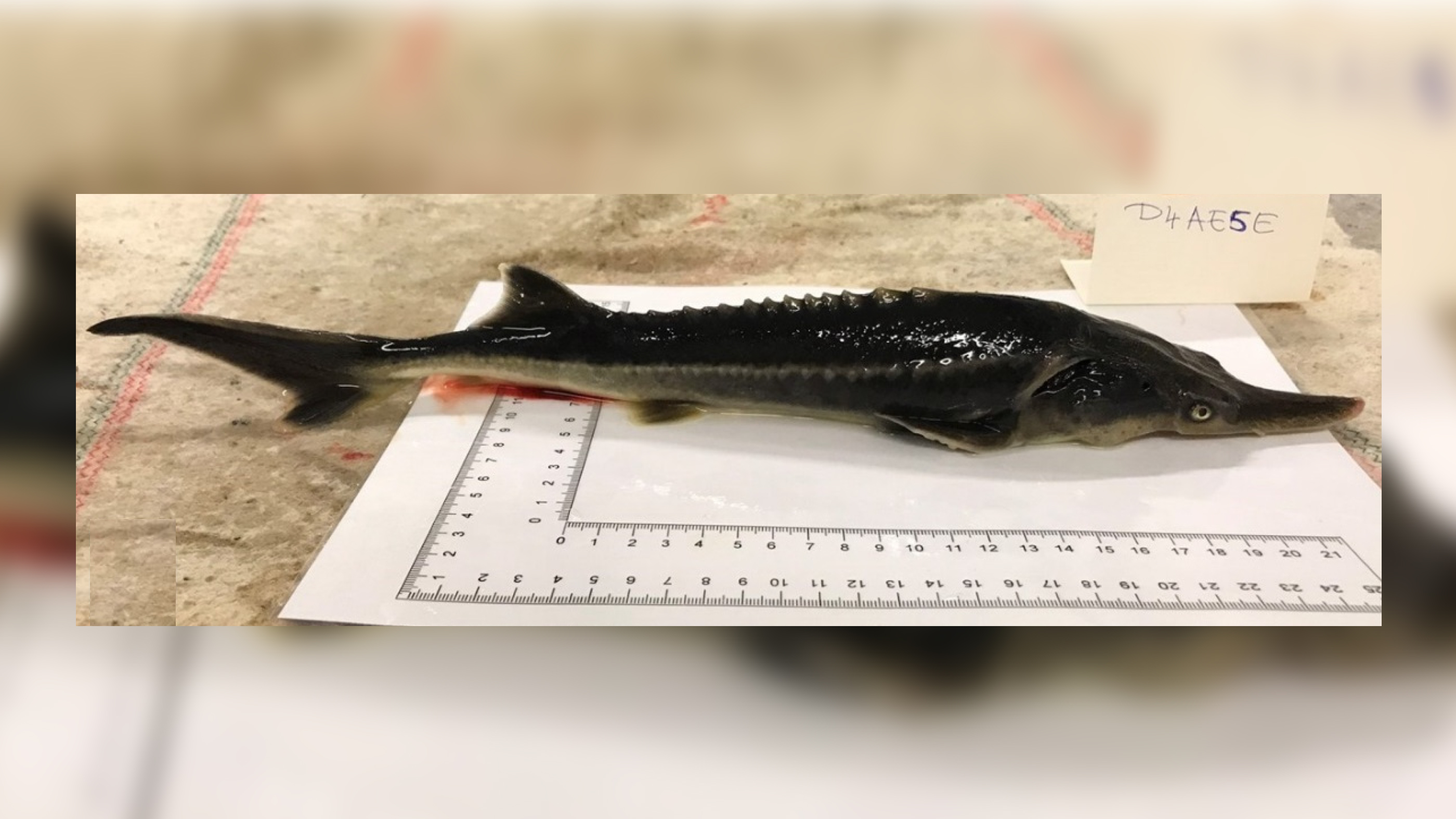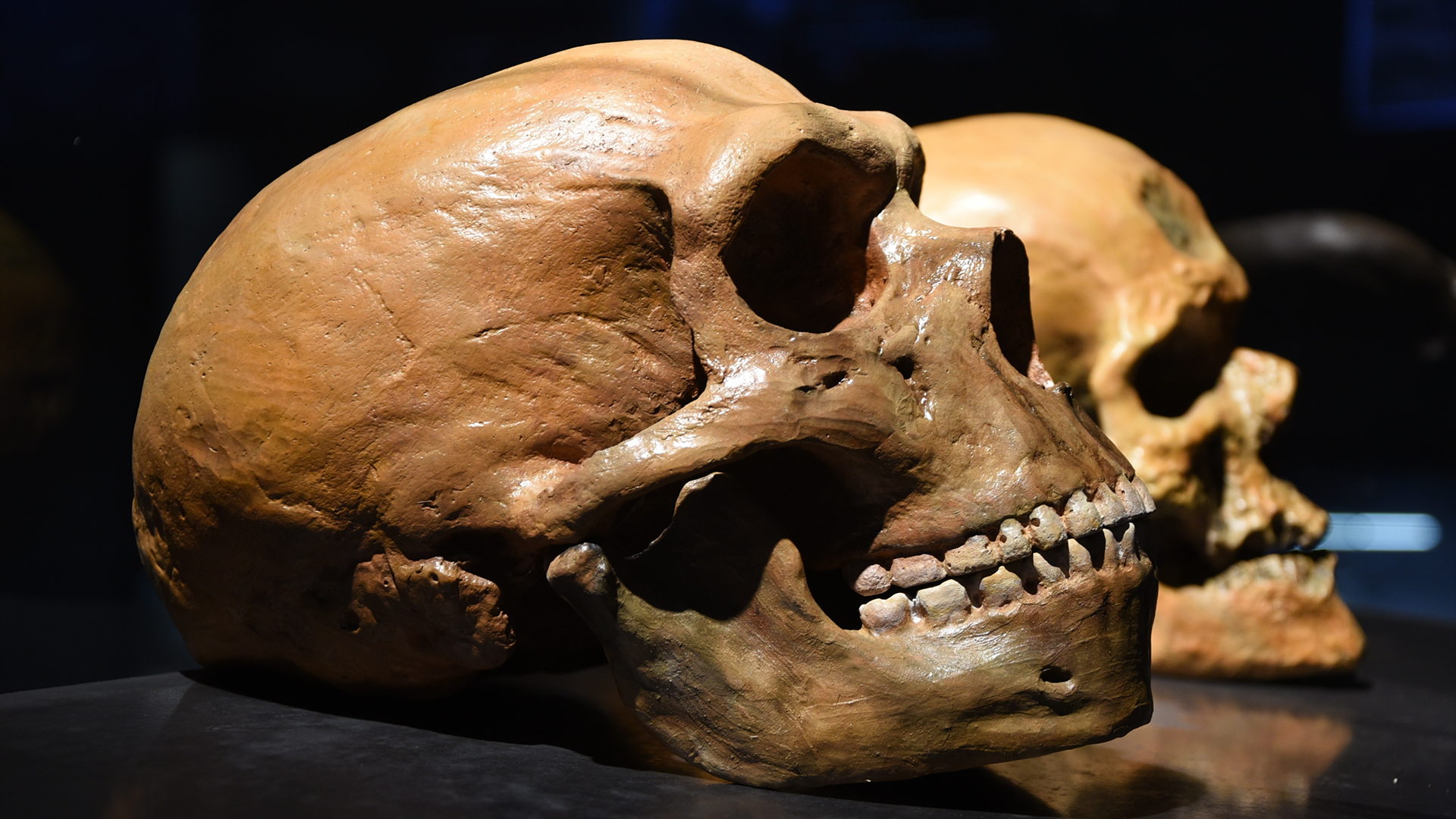10 of the strangest hybrid animals
Nature doesn't have strict rules for cross-species coupling.

Animals occasionally mate with members of another species, and nature occasionally endorses the match with a hybrid. Humans have taken advantage of hybridization to create striking oddities for centuries, mostly for the purposes of entertainment. And while these animals are often unhealthy and irrelevant to conservation efforts, hybridization is a natural phenomenon.
Species have been hybridizing all over the world throughout evolutionary history, and researchers regularly add new ones to the scientific record. From pizzly bears to wolphins, here are 10 of the strangest animal hybrids.
Borneo's 'mystery monkey'
A "mystery monkey" spotted in Borneo turned out to be a cross between a proboscis monkey (Nasalis larvatus) — famous for its long nose — and a silvery langur (Trachypithecus cristatus). The hybrid in Borneo is particularly rare because it came from two distantly related species that aren't in the same genus.
Related: Haunting 'mermaid' mummy discovered in Japan is even weirder than scientists expected
Competition for forest space may be behind the outlandish mix, with shrinking habitats driving male proboscis monkeys to take over langur groups. Hybrids are usually infertile, but researchers noted that the proboscis-langur cross appeared to be nursing an infant.
Pizzly bear
When a polar bear (Ursus maritimus) and a grizzly bear (Ursus arctos horribilis) mate, they can create hybrids called "pizzly" or "grolar" bears. Although rare in nature, these pizzly bear hybrids are starting to spread across the Arctic due to climate change.
Starving polar bears are heading farther south to find more food, while the warming world is allowing adaptable grizzlies to expand northward. This movement is leading to more interactions between the two species and more mating.
Get the world’s most fascinating discoveries delivered straight to your inbox.
Ligers, pumapards and other captive-cat crosses
Humans have created a variety of hybrid cats by breeding different species together in captivity. The results are oddities like giant ligers (lion-tiger hybrids) and tiny pumapards (puma-leopard hybrids). Conservation experts condemn this deliberate crossing as unethical and say the hybrids won't help wildlife conservation efforts. However, it proves that different wild cats can mix.
A 2016 study published in the journal Genome Research found evidence of ancient cat hybridization, which may have shaped the evolution of modern-day cats. This historical interbreeding may help to explain why so many hybrid cat combinations are possible in captivity today.
Golden-crowned manakin
Golden-crowned manakins (Lepidothrix vilasboasi) are hybrid birds in the Amazon rainforest. They are born from the interbreeding of snow-capped manakins (Lepidothrix nattereri) and opal-crowned manakins (Lepidothrix iris). Unlike other hybrid animals on this list, golden-crowned manakins are what scientists call a hybrid species — a stable population of hybrids that stops mixing with the two species that created them.
A 2017 study published in the journal PNAS identified the birds and found that rivers likely physically cut off golden-crowned manakins from their parent species.
Dogixm
Veterinary staff in southern Brazil couldn't figure out whether they were caring for a dog or a fox when an unknown animal came in for treatment in 2021. The creature, dubbed "dogxim," shared traits from both a domestic dog (Canis lupus familiaris) and a pampas fox (Lycalopex gymnocercus). It turned out to be the first known dog-fox hybrid, The Telegraph reported.
Pampas foxes are more closely related to dogs than some other foxes, such as the red fox (Vulpes vulpes). However, researchers think this was the first time a dog mixed with a species outside of the Canis genus. The hybrid also represented the first case of a domestic dog breeding with a wild canid of any kind in South America, according to an August 2023 study about the hybrid published in the journal Animals.
Related: World's first wolf clone born to surrogate dog, Chinese company reveals
Narluga
In the 1980s, an Inuit hunter shot three strange whales. The animals possessed the front fins of a beluga whale (Delphinapterus leucas), the tail of a narwhal (Monodon monoceros) and teeth that appeared to be a mix of both. The hunter saved a skull from one of the creatures, and researchers later confirmed it was the first beluga-narwhal hybrid, or narluga, on record.
Narwhal and beluga ranges overlap in the Arctic for some of the year. And although these two species don't normally mix, researchers found a single male narwhal living among a pod of belugas, CBC News previously reported.
Coywolf
Wolves, dogs and coyotes are all capable of breeding with one another to create hybrids. This mixing usually happens in captivity, with humans forcing different canids together, but the three have also crossed in the wild.
Eastern coyotes are commonly called coywolves or coydogs because they bred with wolves and dogs in generations past — making them bigger than western coyotes but smaller than wolves. Modern eastern coyotes now keep to their own kind.
Sturddlefish
Hungarian scientists accidentally created the "impossible" hybrid fish in 2019 by crossing spiky-finned Russian sturgeons (Acipenser gueldenstaedtii) and long-nosed American paddlefish (Polyodon spathula). The two species haven't shared a common ancestor for 184 million years and aren't even in the same family. So the researchers weren't expecting hybrid offspring when they used American paddlefish sperm to trigger asexual reproduction (in which only female DNA is passed on) in Russian sturgeon. To their surprise, the paddlefish sperm fused with hundreds of sturgeon eggs, and the "sturddlefish" was born.
Wolphin
Wolphins are interesting hybrids with a misleading name. There are a few members of the dolphin family with "whale" in their name that can hybridize with other dolphin species. But while the offspring are called "wolphins," they're dolphin hybrids rather than crosses between a giant baleen whale and a dolphin, as the name might suggest.
The first hybrid to carry the wolphin name was the offspring of a false killer whale (Pseudorca crassidens) and an Atlantic bottlenose dolphin (Tursiops truncatus) at Sea Life Park Hawaii. Since then, humans have bred a number of other dolphin hybrids in captivity, and very occasionally, wild populations also produce them. For example, researchers spotted the hybrid offspring of a melon-headed whale (Peponocephala electra) and a rough-toothed dolphin (Steno bredanensis) off Hawaii in 2017.
Human hybrids
Modern humans (Homo sapiens) once lived alongside other human lineages, such as Neanderthals and the mysterious Denisovans. With Neanderthal and Denisovan DNA in our genome, we know that modern humans interbred with these other archaic humans before they went extinct.
There's also evidence that Neanderthals and Denisovans crossed with each other. A 2018 study in the journal Nature found that a 90,000-year-old bone discovered in a Siberian cave represented a first-generation hybrid between a Neanderthal and a Denisovan. Researchers still have a lot to learn about human evolution and our extinct relatives, but the evidence so far points to plenty of hybrids in our past.

Patrick Pester is the trending news writer at Live Science. His work has appeared on other science websites, such as BBC Science Focus and Scientific American. Patrick retrained as a journalist after spending his early career working in zoos and wildlife conservation. He was awarded the Master's Excellence Scholarship to study at Cardiff University where he completed a master's degree in international journalism. He also has a second master's degree in biodiversity, evolution and conservation in action from Middlesex University London. When he isn't writing news, Patrick investigates the sale of human remains.











